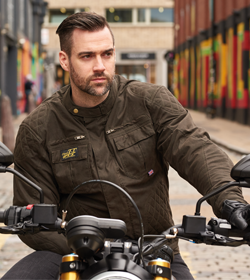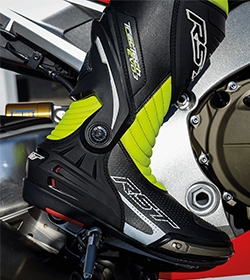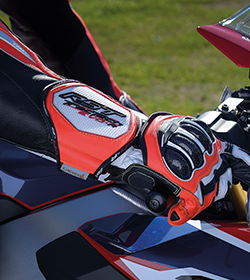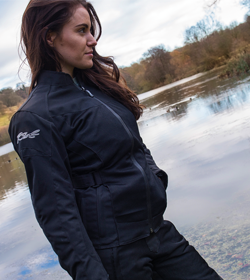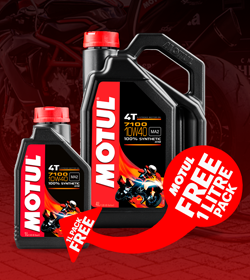What is CE?
So what is CE?
CE marking indicates that the garment that has been tested meets the requirements relating to safety and protection, each CE level has different testing and different criteria that the garment must meet to reach a certain level of CE.
There are four key aspects that the tests are carried out to indicate and these include the protection that the garment offers, the durability of the garment, the quality of the garment and the garments comfort and protection that it gives to the wearer.
The CE standard for motorcycle gear was created by a group of industry and medical consultants in Europe to ensure that motorcycle gear is marked with an official CE approved mark relating to how sufficient it meets the criteria set out.
CE protection is tested mainly by testing the limits and amount of energy transmitted by a pad when involved in an accident of a verity of speeds to identify the standard that the pad still remains protective.
All CE approved shoulder, elbow and knee pads are marked EN1621-1 and back protectors are marked EN1621-2 a back protector that’s also marked Level 2 or B2 passes a higher standard than one that is just marked with the EN code.
What’s changing?
From 21st April 2018 a new regulation called the pre-regulation 2016/425 will come into force meaning that all motorcycle garments must meet the standards and criteria of CE.
The new legislation now means that motorcycle garments are classed as PPE equipment and must meet the standards outlined in the legislation as no motorcycle garments can be sold after 21st April if the garment is not CE.
All RST 2018 Garments will be CE approved from the beginning meaning that consumers can be ensured that the garments meet the new criteria of protection.
All CE garments will be labelled with both the CE Approved logo and the associated EN code and a certificate will be issued for each garment for legal documentation to ensure that the garment legally meets CE standards.
There are three levels of CE protection and these include the following:
Level A - Offers a lower level of protection and is designed to reduce any ergonomic or weight penalties associated with its use to the lowest level. It is intended for use where conditions would make a higher level of protection inappropriate for example, warm weather.
Level AA – Designed to offer a balance between the level of protection available and any ergonomic or weight penalties associated with its use.
Level AAA – Designed to offer the highest level of protection, however there may be ergonomic, or weight penalties associated with its use.
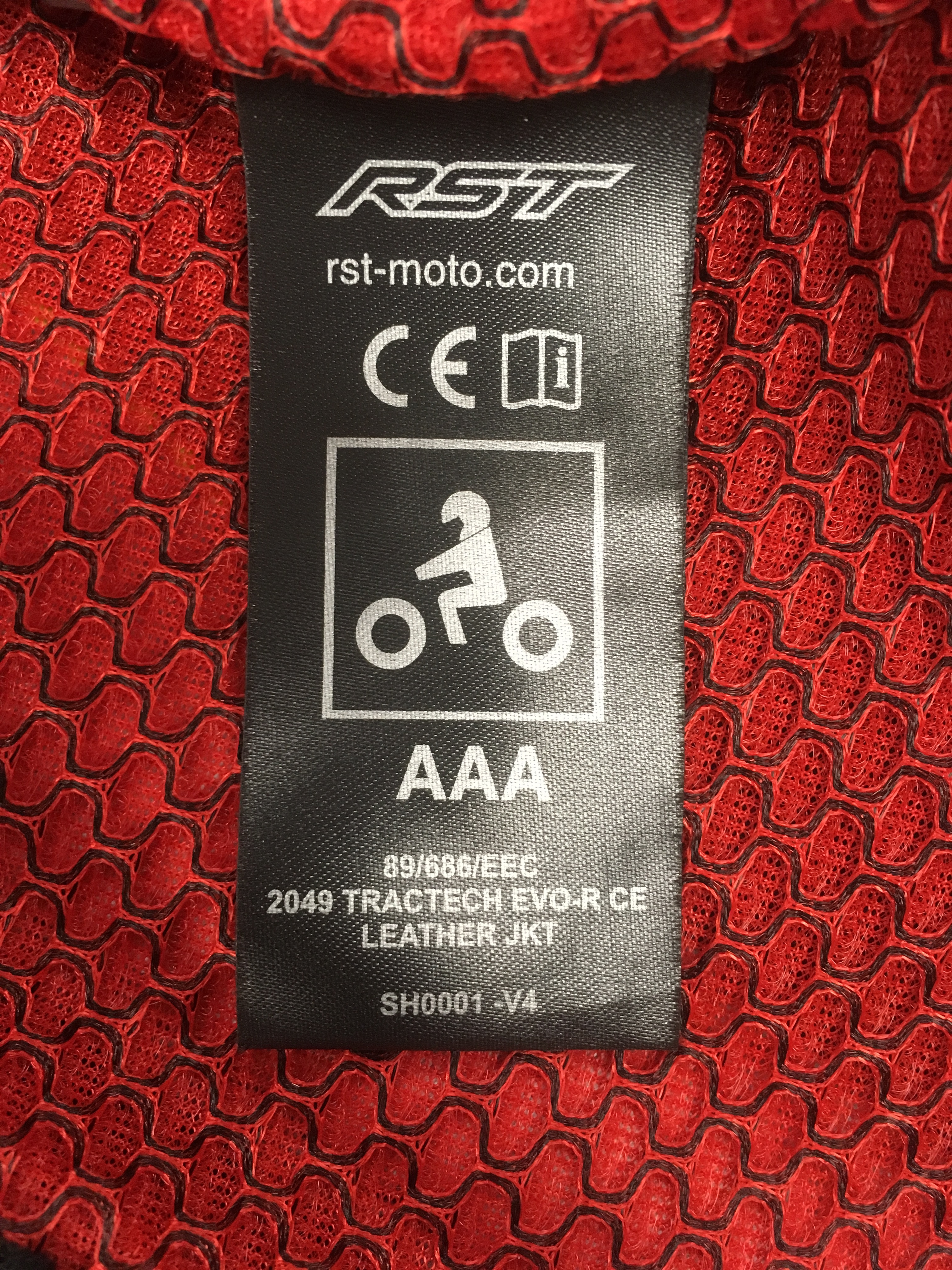
Once all the tests are completed the garment is given a A level rating depending on its lowest score received in all the tests so for the highest AAA rating all tests must be passed to the highest standard.
All garments must have CE certificated armour to the shoulders, elbows and knees, for an AA or AAA rating garments must have hip armour fitted and for AAA a back protector that is CE approved is also essential.
- 0 comments




